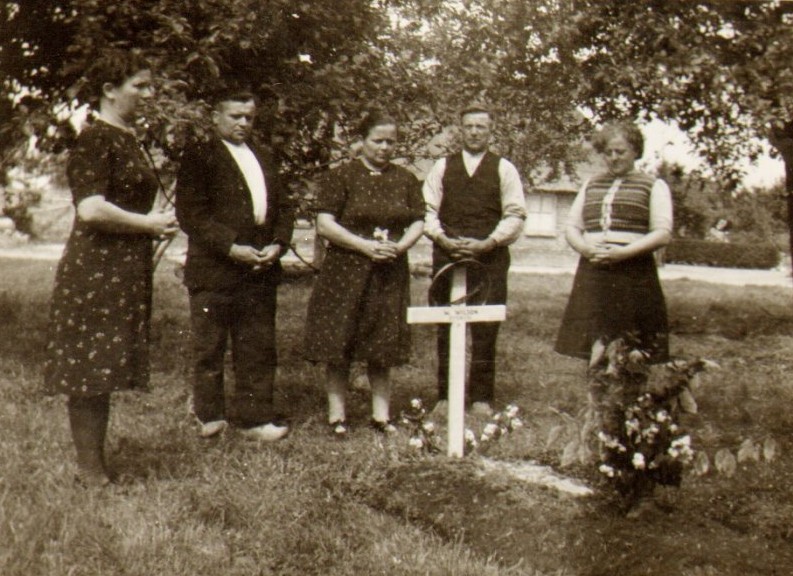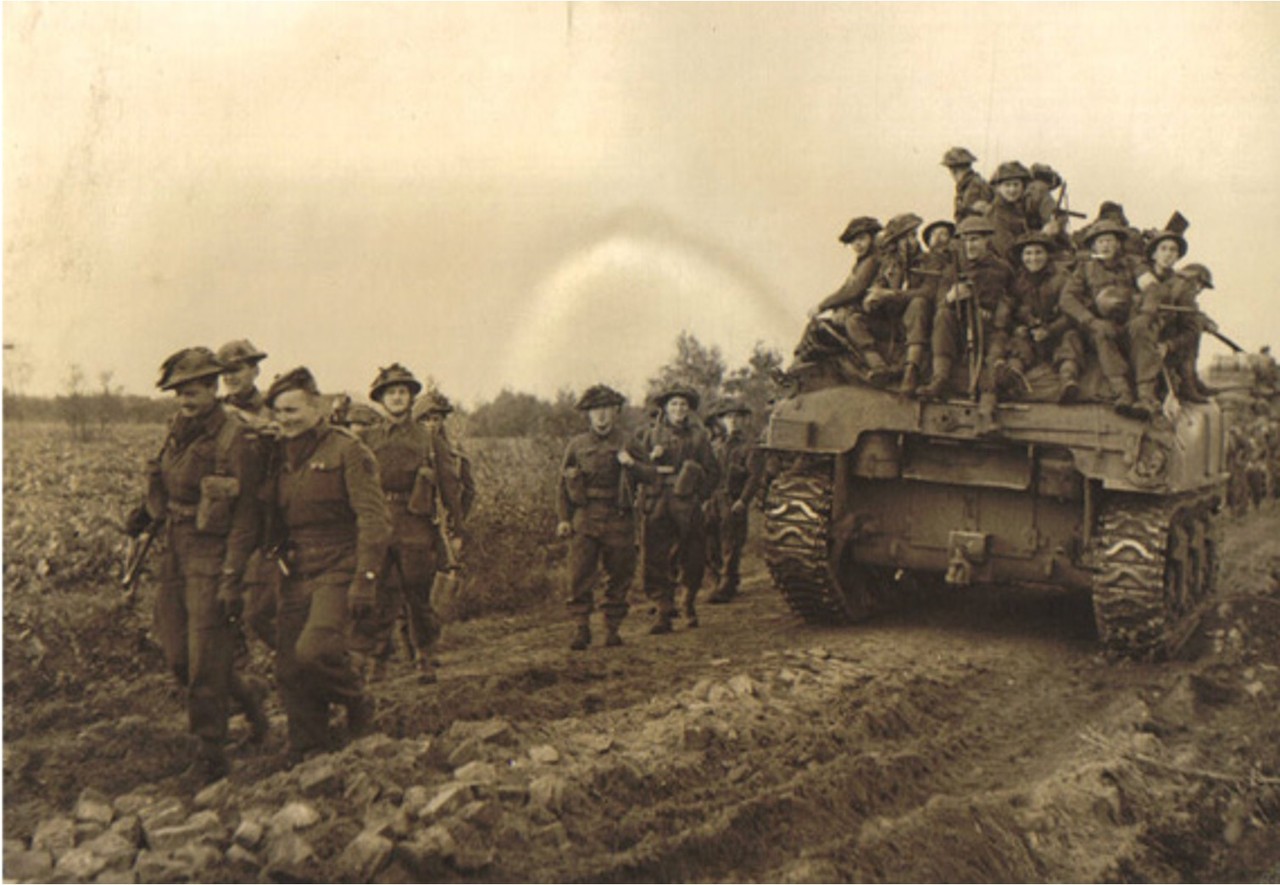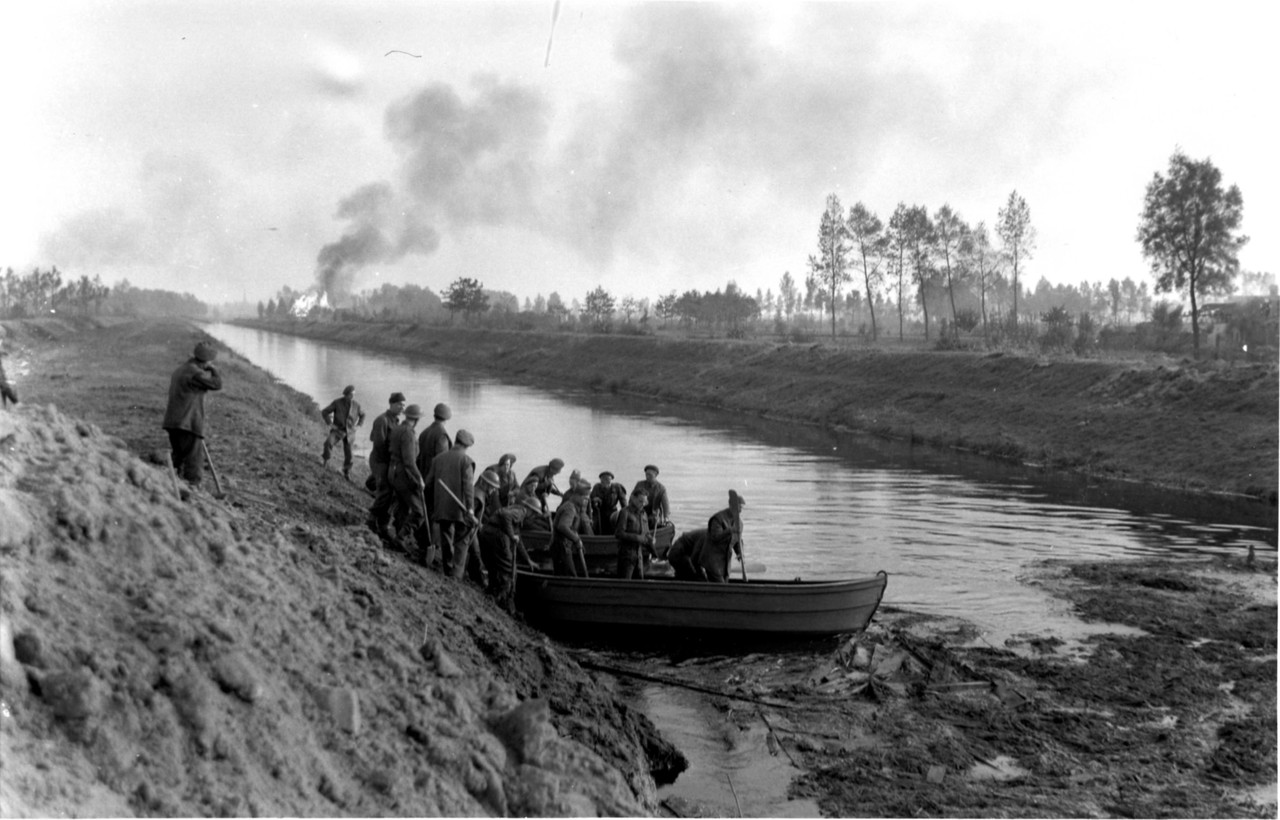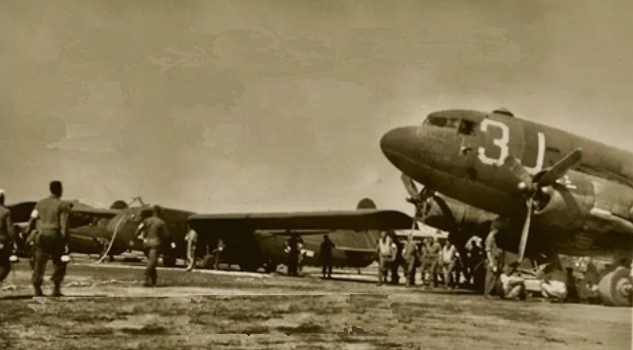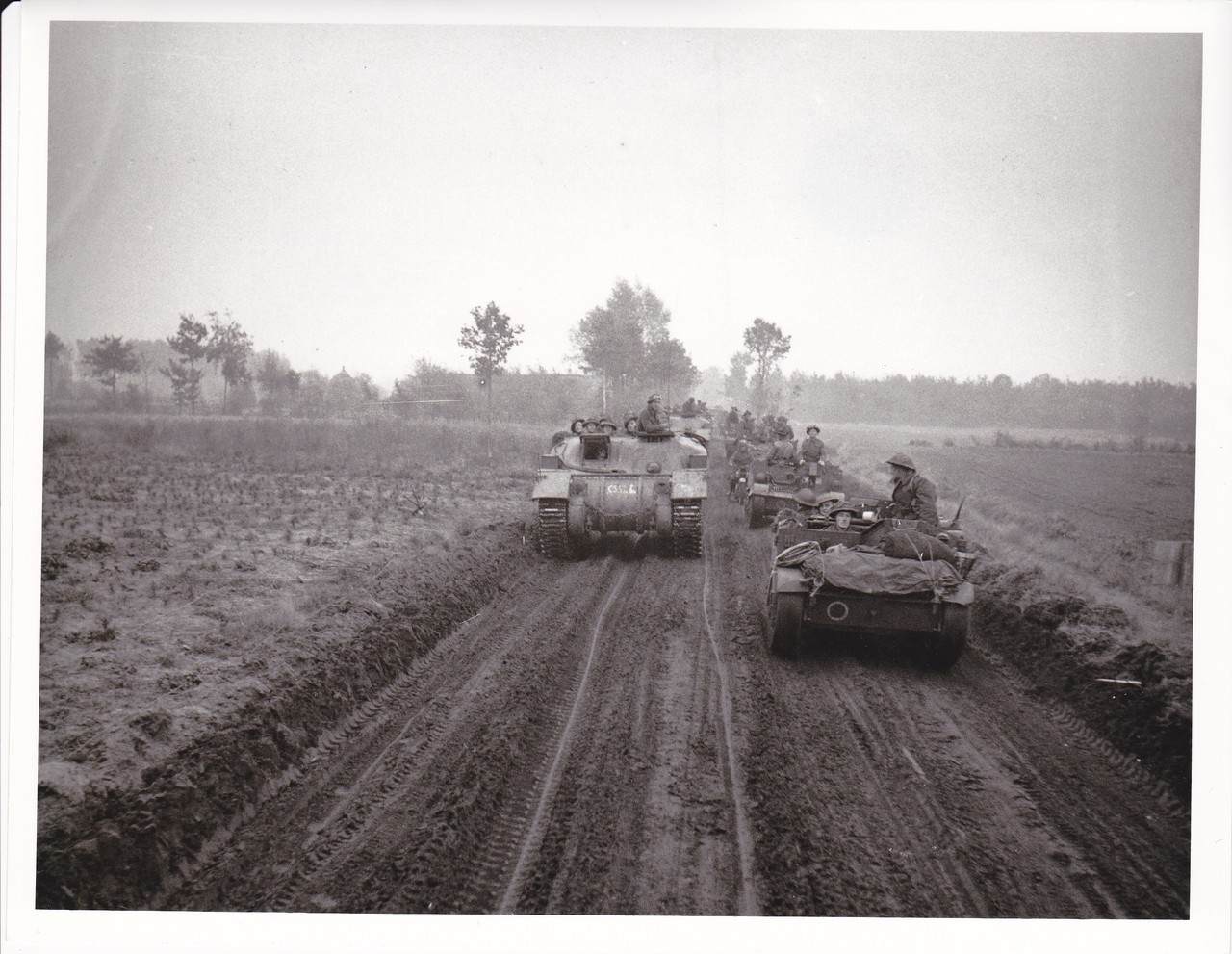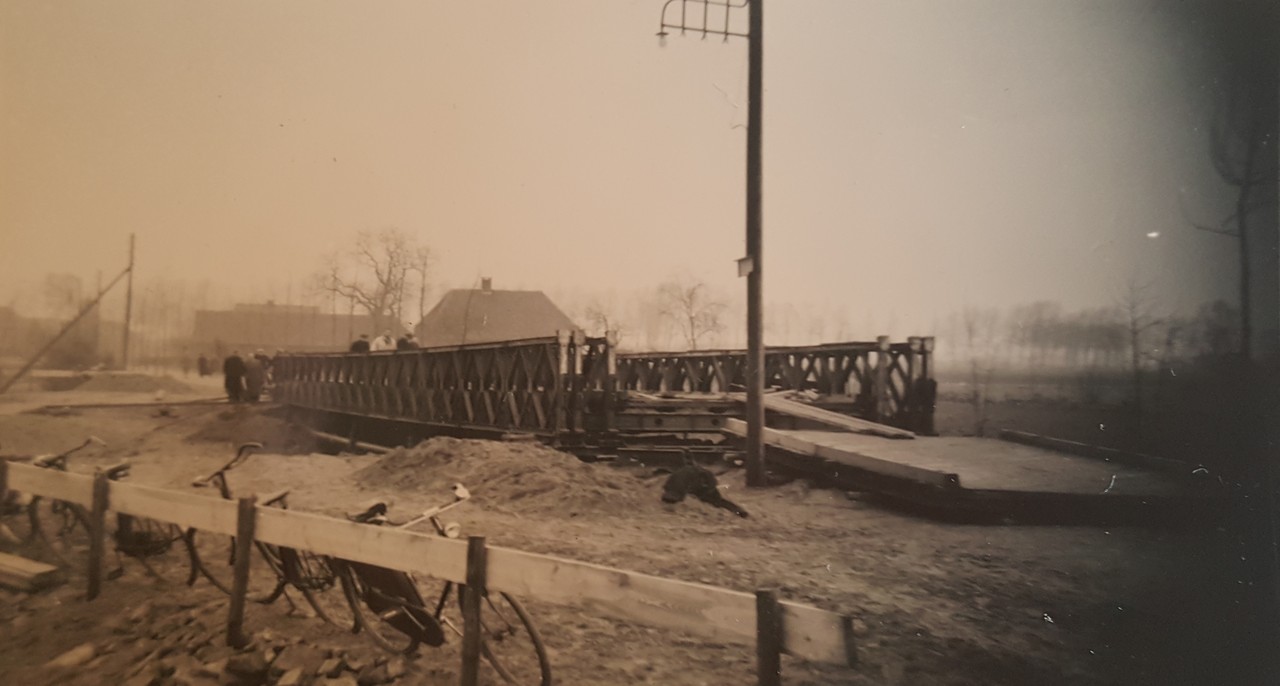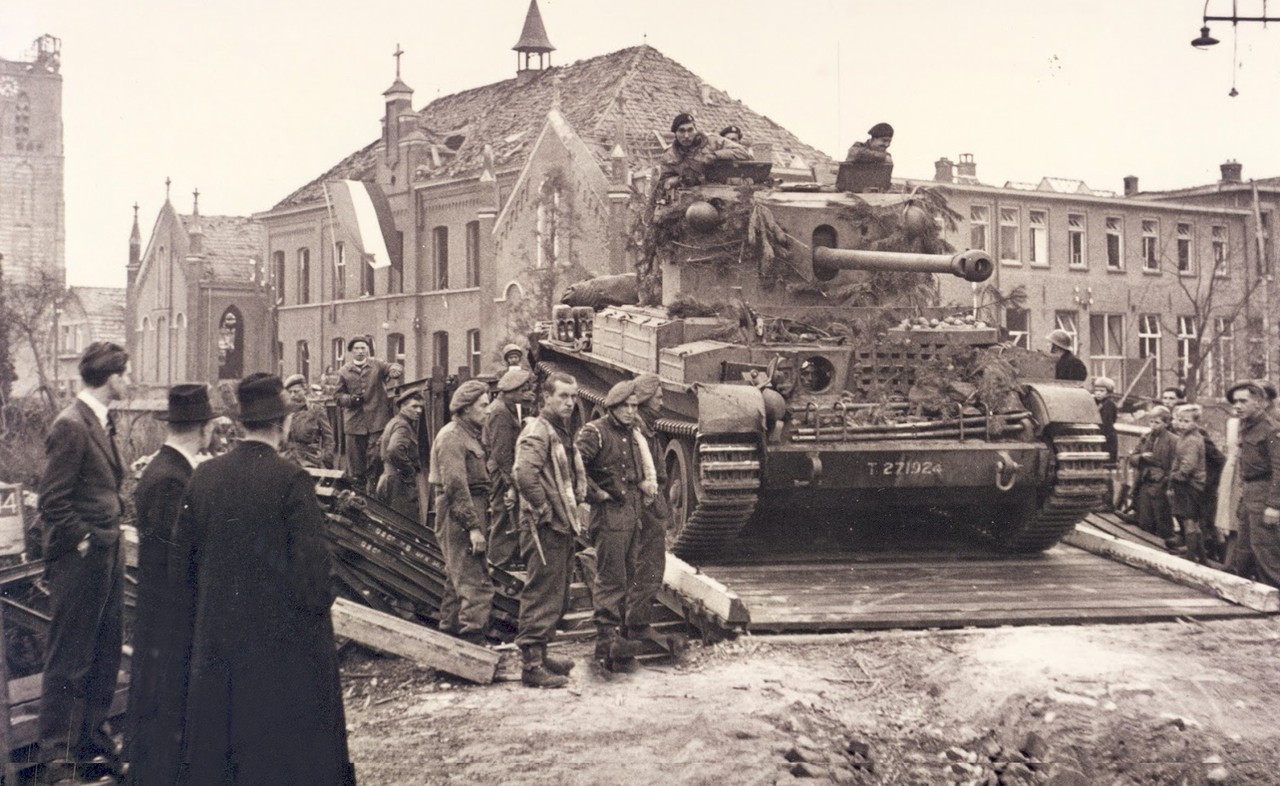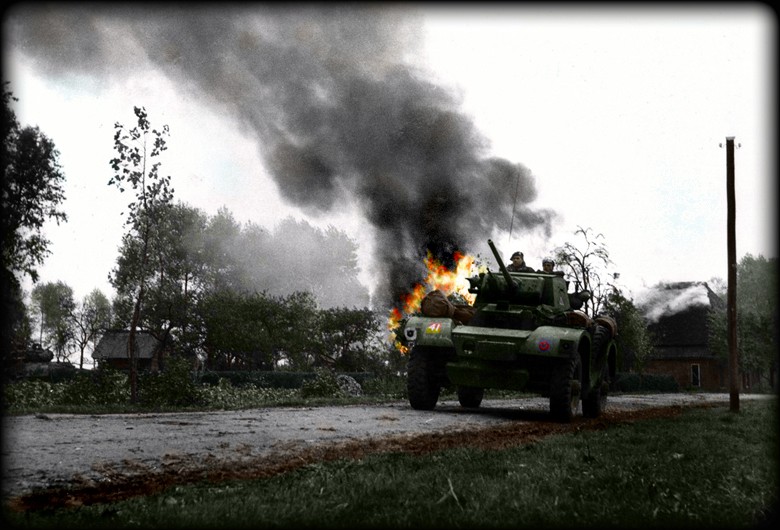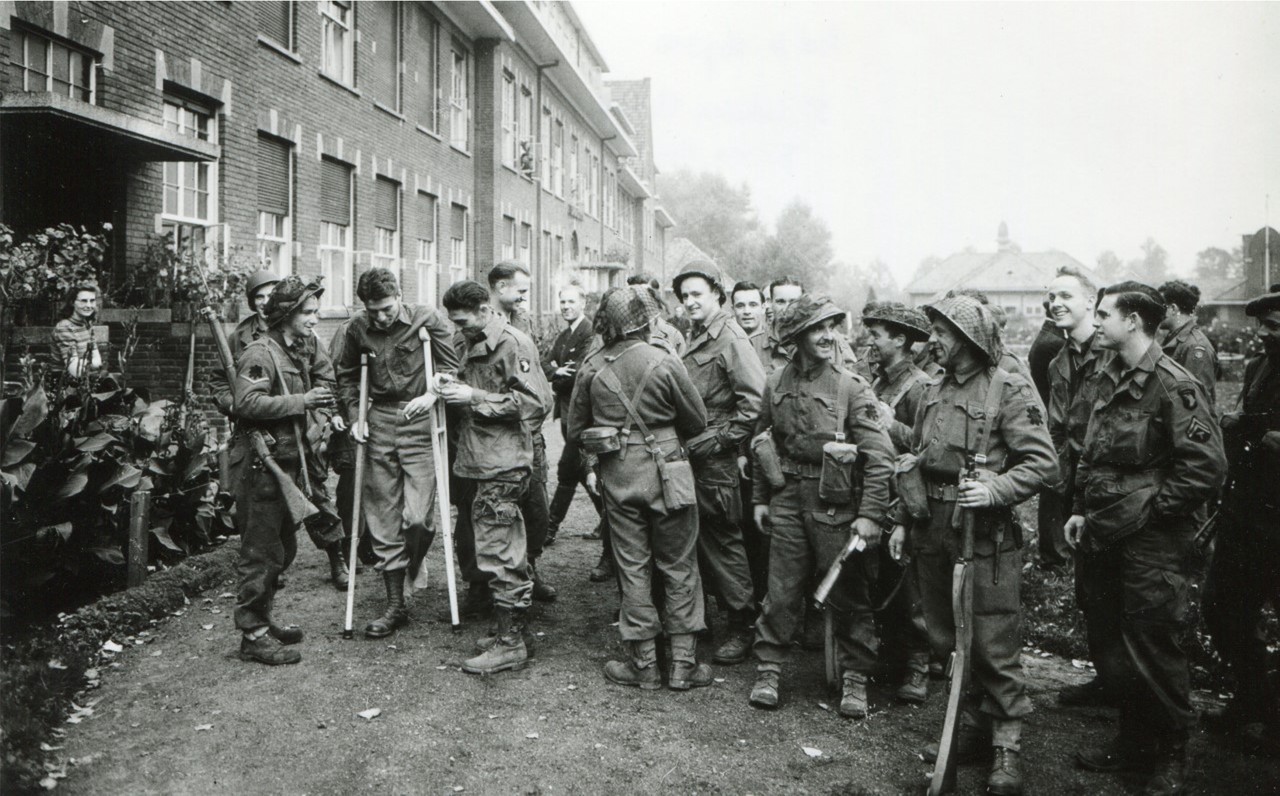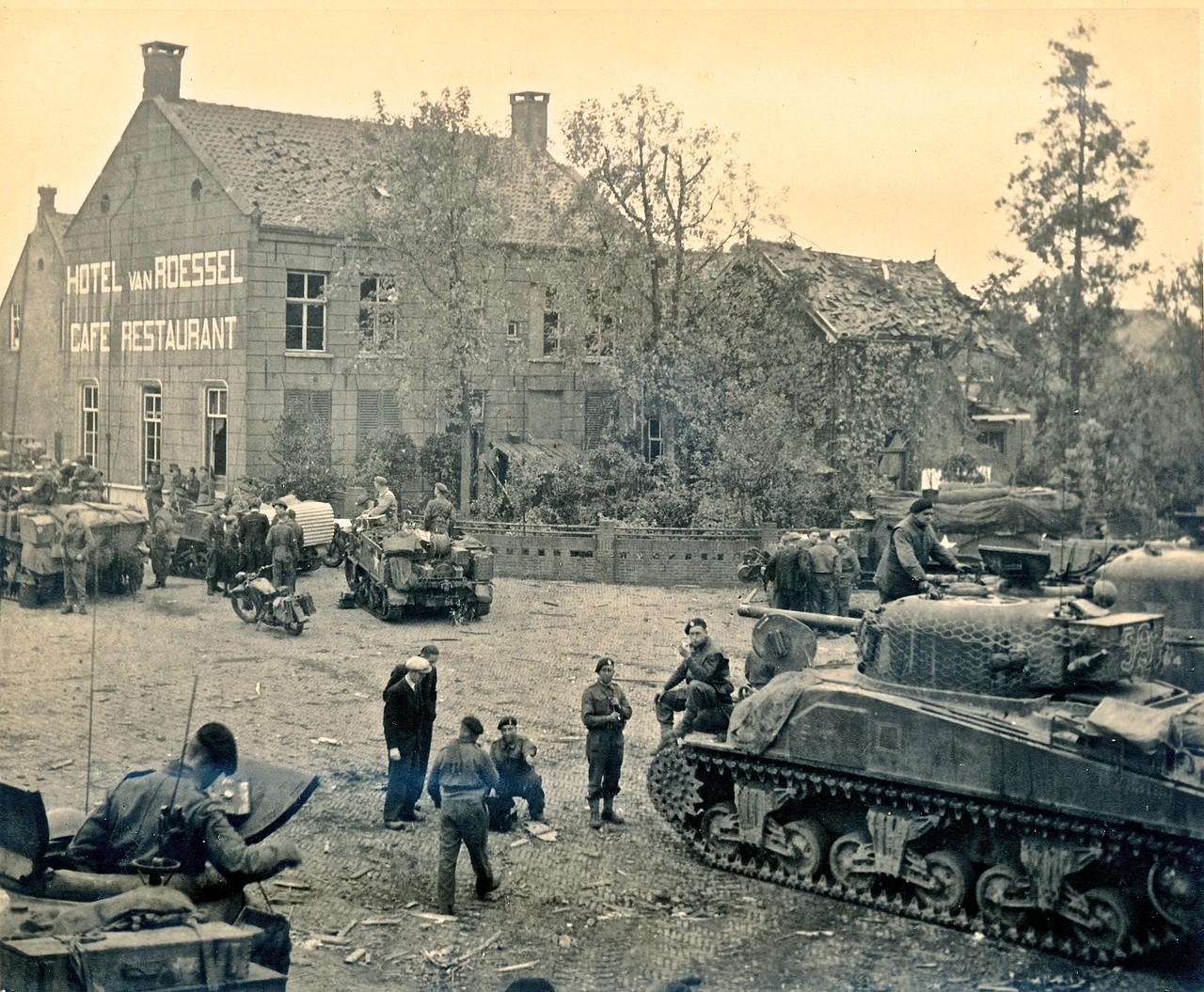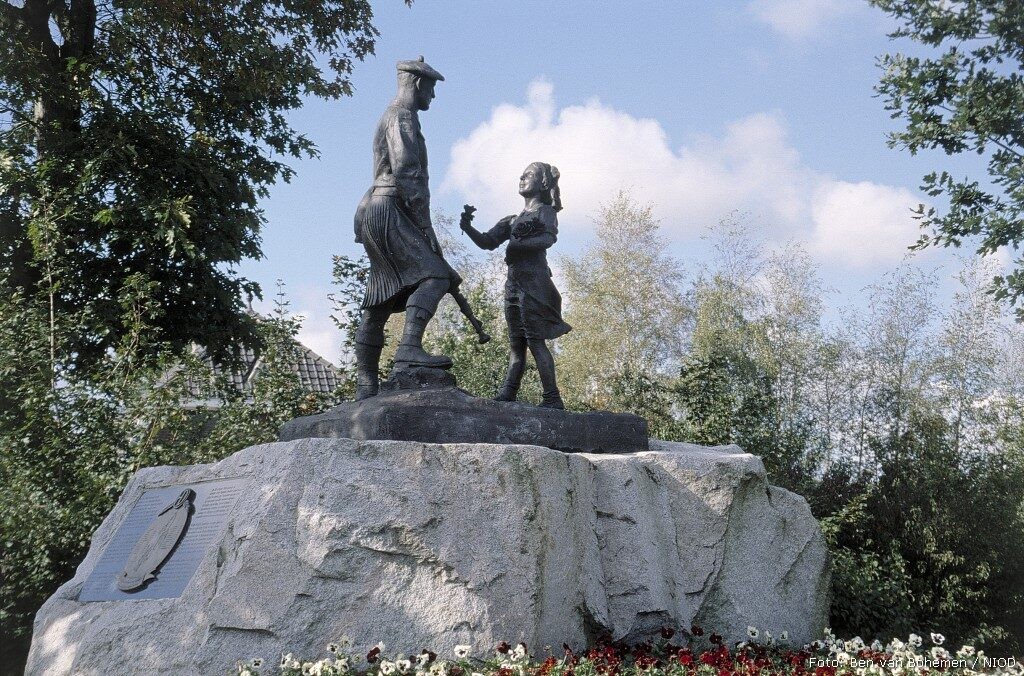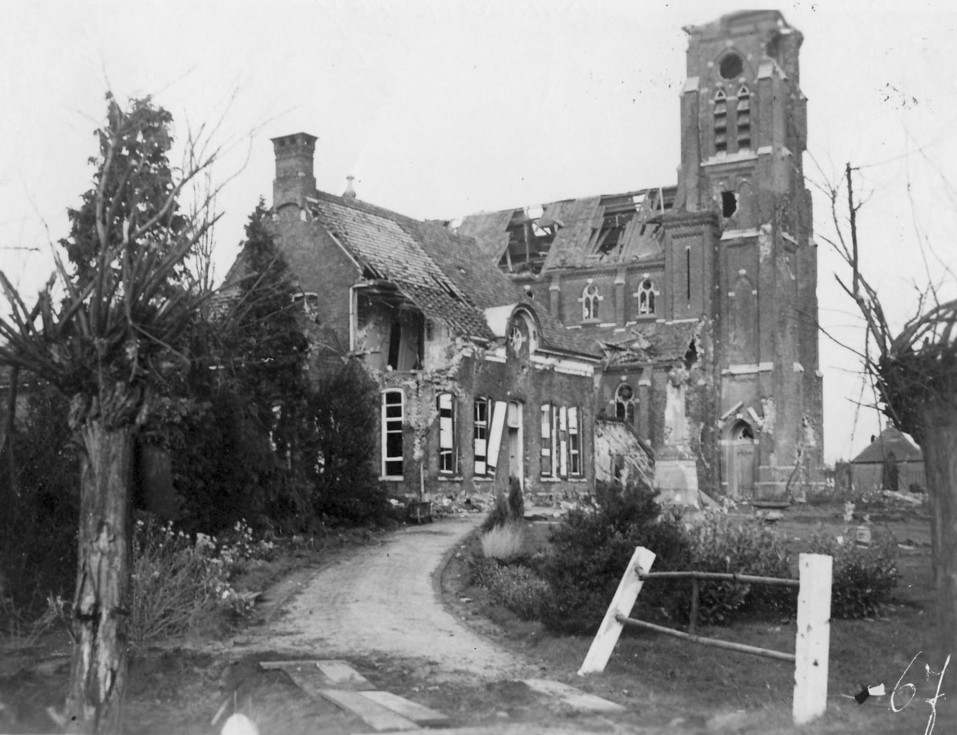Scottish Highlanders route in Meierijstad, Boxtel and Sint-Michielsgestel
The Netherlands
Bookmark
Share
On October 22, 1944, from 's-Hertogenbosch, the British Second Army launched the attack on the German 15th Army in North Brabant. The operation was carried out by four divisions and was called Pheasant. The intention was to push the German troops across the Meuse River as quickly as possible, in cooperation with the Canadians attacking in West Brabant. On the second day, the 51st (Highland) Division attacked near Schijndel. Their own operation was called Colin. For the Scots, October 23 was a special date: exactly two years before, the attack on El Alamein had begun, one of the turning points of World War II.
The operation began prosperously and by the end of the first day the Scots had reached the Dommel and the Afwateringskanaal near Boxtel over a wide front. Schijndel, Sint-Michielsgestel, Liempde and Olland were liberated. In some places, especially Schijndel and Olland, the devastation was enormous. The enemy had also blown up all the bridges and attempts to establish bridgeheads took a lot of effort. After crossing the Halsche Water near Esch on the second day, the Highlanders' advance ground to a halt. Boxtel was liberated. It was not until October 26 that the attack got under way again after two Scottish battalions had crossed the 's-Hertogenbosch-Tilburg road. The enemy was now forced to hastily withdraw his troops to a new line. This ran along the Drongelens Afwateringskanaal to the villages of Loon op Zand and Dongen. There, on October 27, the next phase of the operation would begin.
